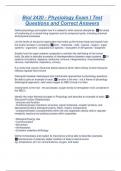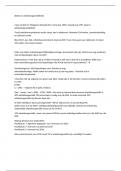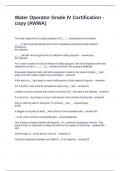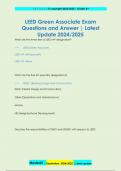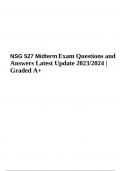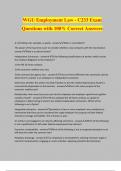Exam (elaborations)
Biol 2420 - Physiology Exam I Test Questions and Correct Answers
- Course
- Institution
Define physiology and explain how it is related to other science disciplines. the study of functioning of a normal living organism and its component parts, including chemical and physical processes List the levels of structural organization that make up the human body and explain how the levels in...
[Show more]
